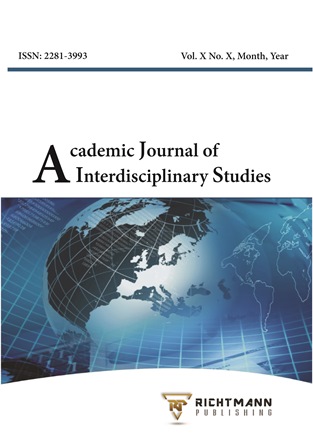The Dakwah Communication Model of the Post-Persecution Muslim Minority: The Case of the Restoration of the Indonesian Ahmadiyya Congregation (JAI)
DOI:
https://doi.org/10.36941/ajis-2023-0077Keywords:
emaat Ahmadiyya Indonesia (JAI), Ahmadi, mainstream Muslims, persecution, JAI restoration, dakwah (missionary) communication modelAbstract
Ahmadiyya is a Muslim minority with distinctive teachings contradictory to mainstream Islam that has been entrenched in Indonesia since the Dutch colonial era. After independence, the sect enjoyed the freedom of religion and belief under the law's guarantee and the state's power during the reign of the first two presidents (1945-1998). However, the power of orthodox Muslims strengthened during the Reformation Order, and in 2005, a fatwa regarding the heresy of the Ahmadiyya was issued by the Indonesian Ulema Council (MUI). This was followed by the Joint Decree of the Three High State Institutions, which limited the movement of the Indonesian Ahmadiyya Congregation (JAI). Regional regulations emerged, followed by a violent crusade against this sect. Consequently, this research examined the communication model used by the Ahmadiyya Muslim minority to preach post-persecution. The qualitative methods employed for data collection were observation, interviews, and documentation, which intensively occurred in October-December 2019 and August 2022. The respondents were six JAI central/branch managers and three missionaries. The research results show that the Ahmadiyya teachings naming Mirza Ghulam Ahmad (MGA) as a prophet are the trigger for persecution. Although orthodox Muslims allow the unhindered performance of activities, providing Ahmadiyya is labeled a religion and not a part of Islam, JAI refused because it believes MGA is the non-shari'at Prophet. After the persecution, JAI proposed four models of dakwah communication that internally strengthen Ahmadi beliefs and invite sympathy and new converts.
Received: 24 January 2023 / Accepted: 12 April 2023 / Published: 5 May 2023
Downloads
Downloads
Published
Issue
Section
License

This work is licensed under a Creative Commons Attribution-NonCommercial 4.0 International License.
This work is licensed under a Creative Commons Attribution-NonCommercial 4.0 International License.








